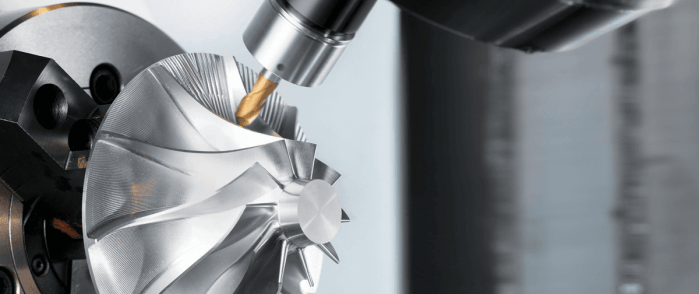In CNC machining, even the most expensive cutting tool won’t deliver results if it’s not properly secured. The tool-to-holder interface plays a critical role in determining not just precision and performance—but also the overall lifespan of your tooling. One often-overlooked factor in this equation? The fit between your tool shank and collet.
Collets are essential for holding round-shank tools in spindles and toolholders. But if the collet fit is even slightly off—whether too tight, too loose, or simply worn out—it can introduce vibration, runout, or premature tool wear. In other words, maximizing tool life often starts with getting the collet fit just right.
Below, we’ll break down the signs of improper fit, and how dialing in your setup can help you get the most from your milling tools, every time.
Too Loose? Here’s What Happens
Collet fit is all about balance—too tight, and it can damage the tool shank or lead to tool breakage. Too loose, and you risk slippage, chatter, and misalignment. A loose collet fit is one of the fastest ways to destroy a cutting tool, especially during high-speed or high-load applications.
Let’s say you’re using an end mill in an ER collet chuck. If the shank isn’t fully engaged in the collet or the collet itself is worn out, you’ll likely see signs of runout. This means the tool is no longer cutting evenly across its diameter—which not only affects surface finish but also puts uneven stress on the flutes. The result? Poor performance, excessive tool wear, and even tool breakage.
The same applies to other cutting tools like drills and thread mills. With a poor fit, the tool won’t remain rigid during operation. This leads to deflection, inconsistent chip formation, and increased heat—factors that drastically shorten tool life. In extreme cases, it could also damage the spindle or holder.
So what causes a bad fit? Most often, it’s one or more of the following:
- Using the wrong collet size for your tool
- Reusing worn or cracked collets
- Failing to insert the tool shank fully
- Over-tightening or under-tightening the collet nut
- Dirt, oil, or debris on the tool or inside the collet
Maintaining a tight, secure grip between the tool and collet is non-negotiable. If you notice increased vibration, burn marks on your tools, or inconsistent cuts—it might be time to inspect your collet system.
Signs Your Collet Fit Is Off
Collets are wear items. Like all tooling components, they have a lifespan—and using them beyond that can cause all sorts of issues. Knowing the signs of collet degradation or poor fit can save your shop time and money in rework and tool replacement.
Common symptoms of improper collet fit include:
- Tool pull-out during cuts
- Visible fretting or wear marks on the shank
- Excessive noise or chatter during machining
- Poor surface finish or tool marks on parts
- Runout exceeding manufacturer specs
For example, if you’re using a threadmill for internal threads, even a small amount of axial or radial movement can ruin a precision job. Threadmills are especially sensitive to fit due to the fine, high-precision nature of their geometry. A poorly fitting collet might not just dull the tool—it could scrap the part entirely.
To avoid these issues, consider implementing a routine collet inspection schedule. Check for wear, corrosion, or cracks. Always keep collets clean and properly lubricated (using approved anti-seize, if necessary). And make sure you’re using the right collet size and torque values for your tool and application.
It’s also a good idea to dedicate collets to specific tool shank sizes. Swapping tools of slightly different diameters in and out of the same collet accelerates wear and reduces concentricity. Stick to high-quality tooling and replace collets regularly to ensure your setup is optimized.
Conclusion
In the world of CNC machining, precision is everything—and it starts at the point of contact between your tool and your holder. Collets may seem like simple components, but they play a powerful role in ensuring tool life, cut quality, and operational efficiency.
Whether you’re running a high-speed end mill, a precision threadmill, or any other round-shank cutter, maintaining the correct collet fit is essential to getting the most out of your milling tools. When you match the right collet to the right tool—and maintain that setup over time—you’ll spend less money replacing tools, and more time producing high-quality parts.
